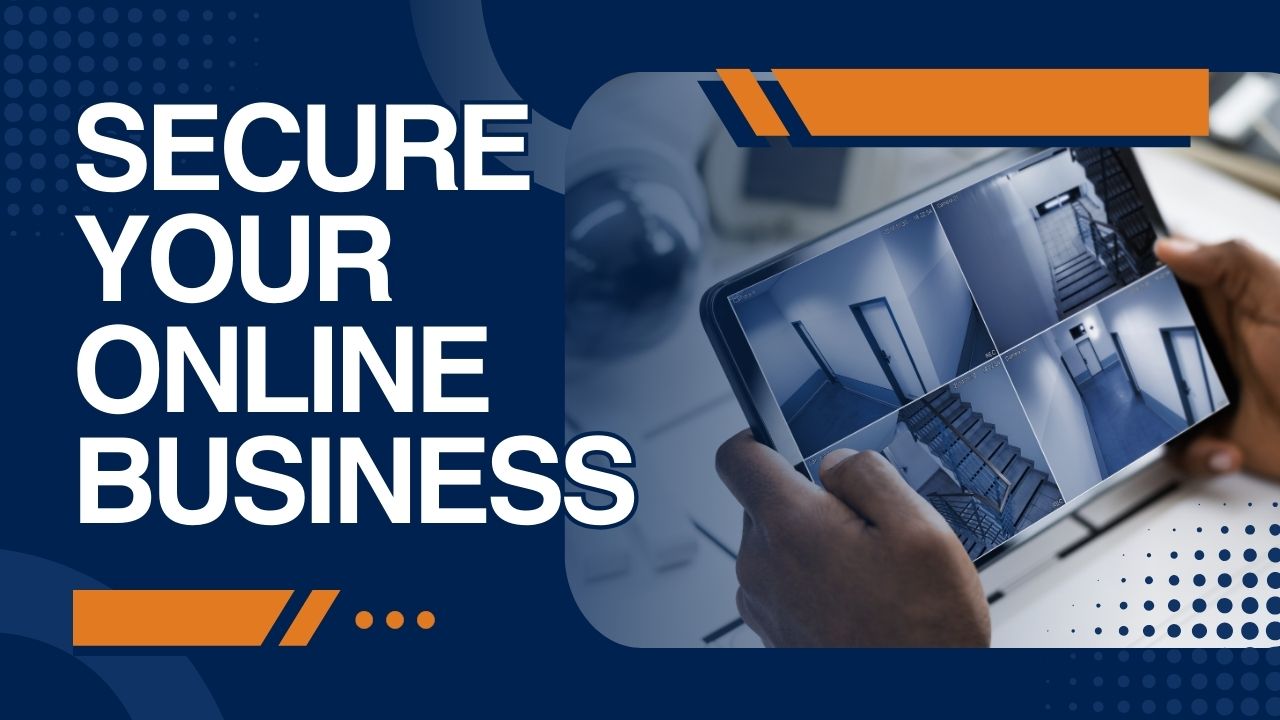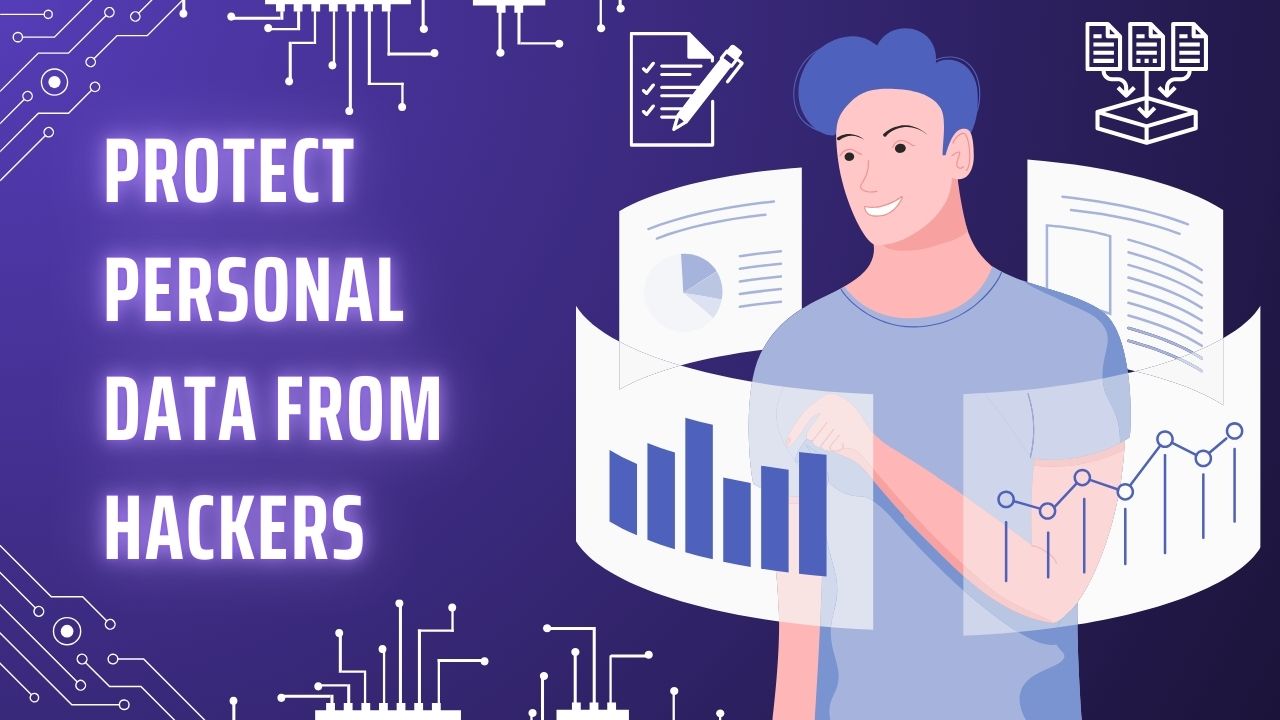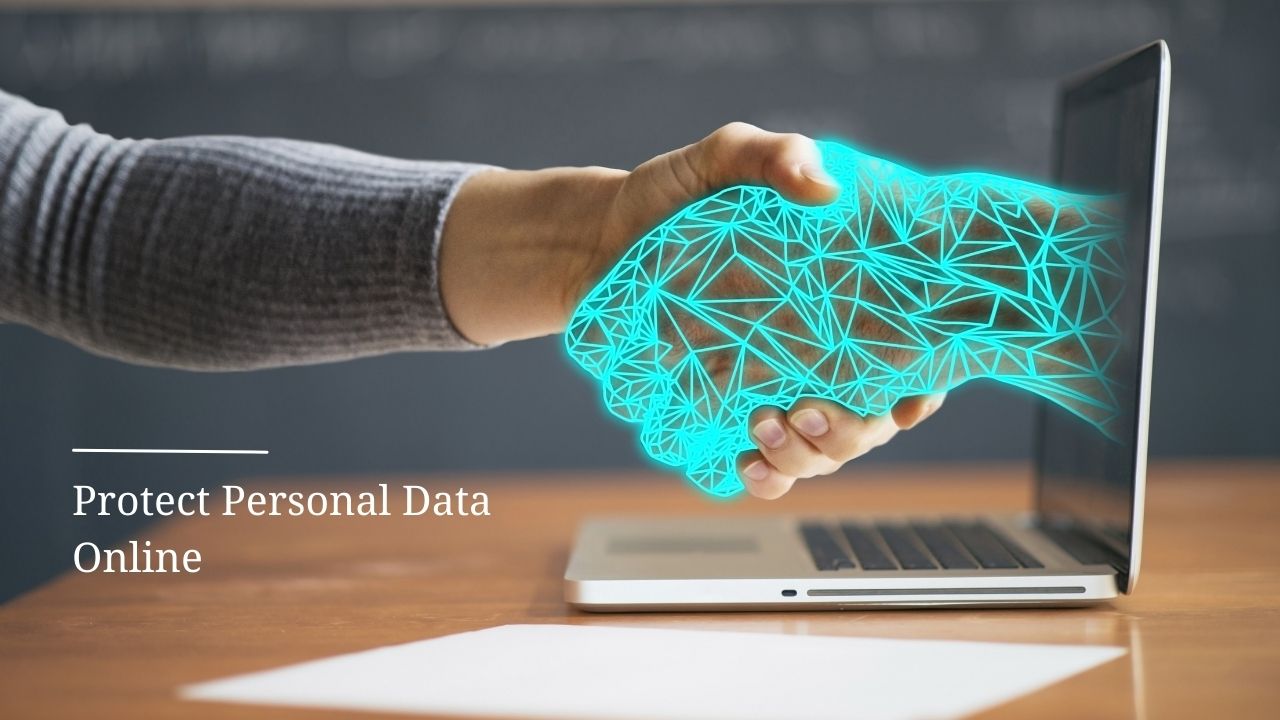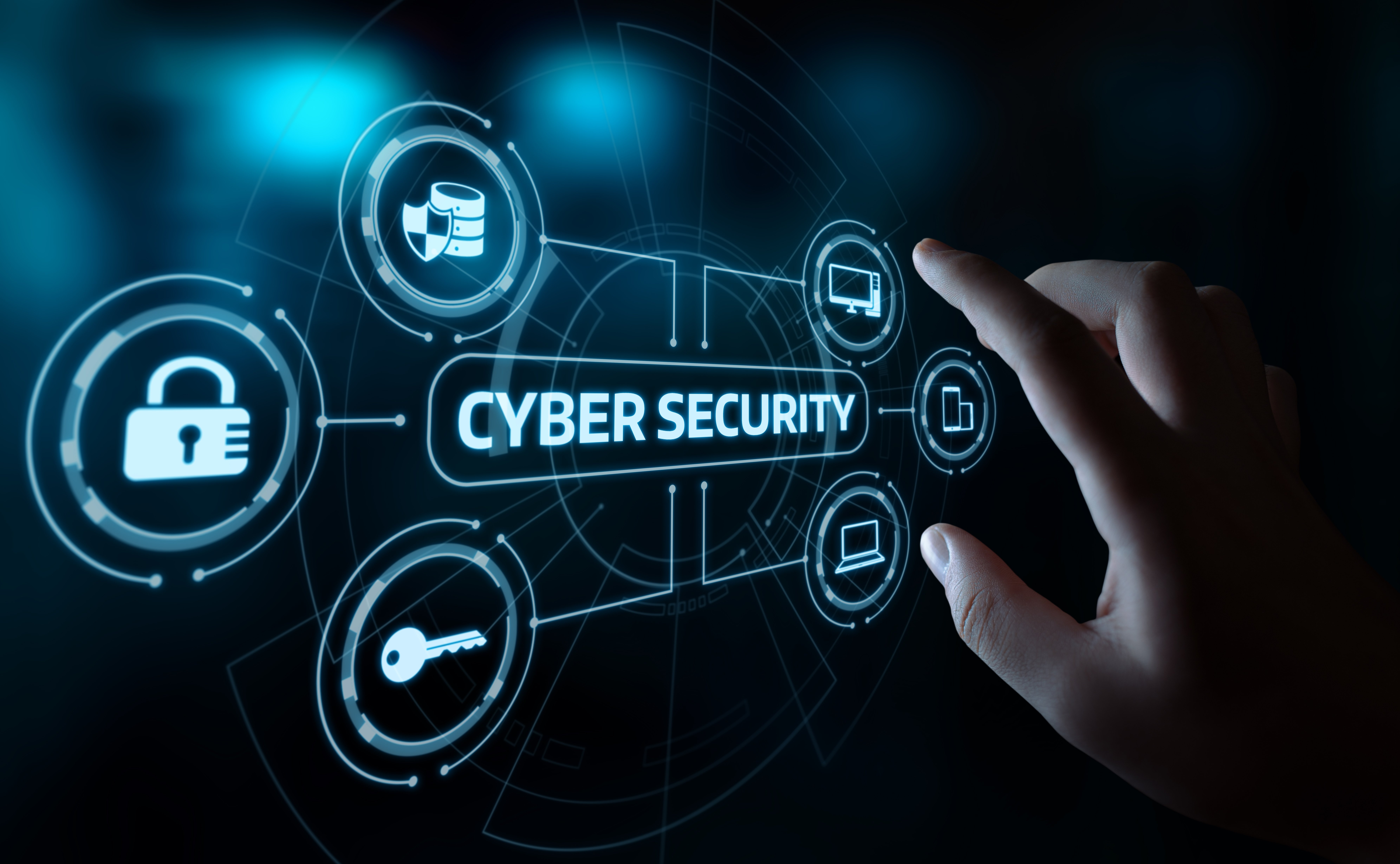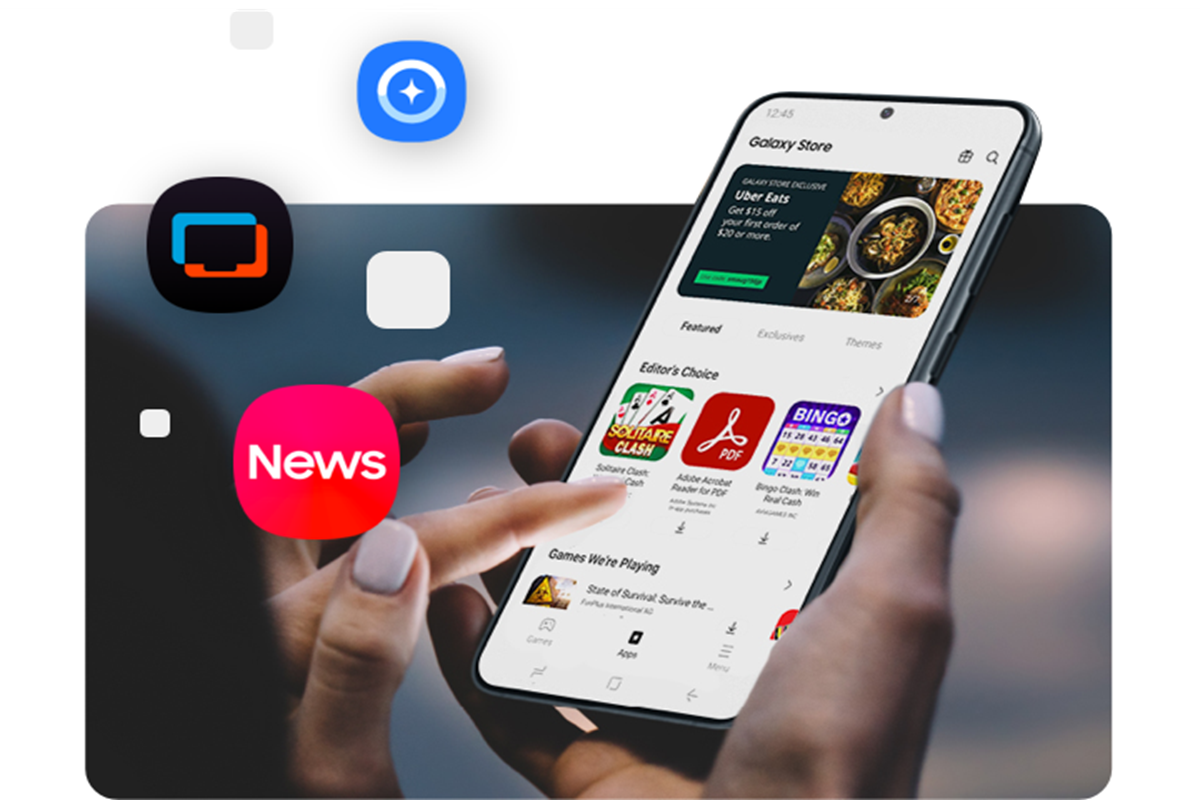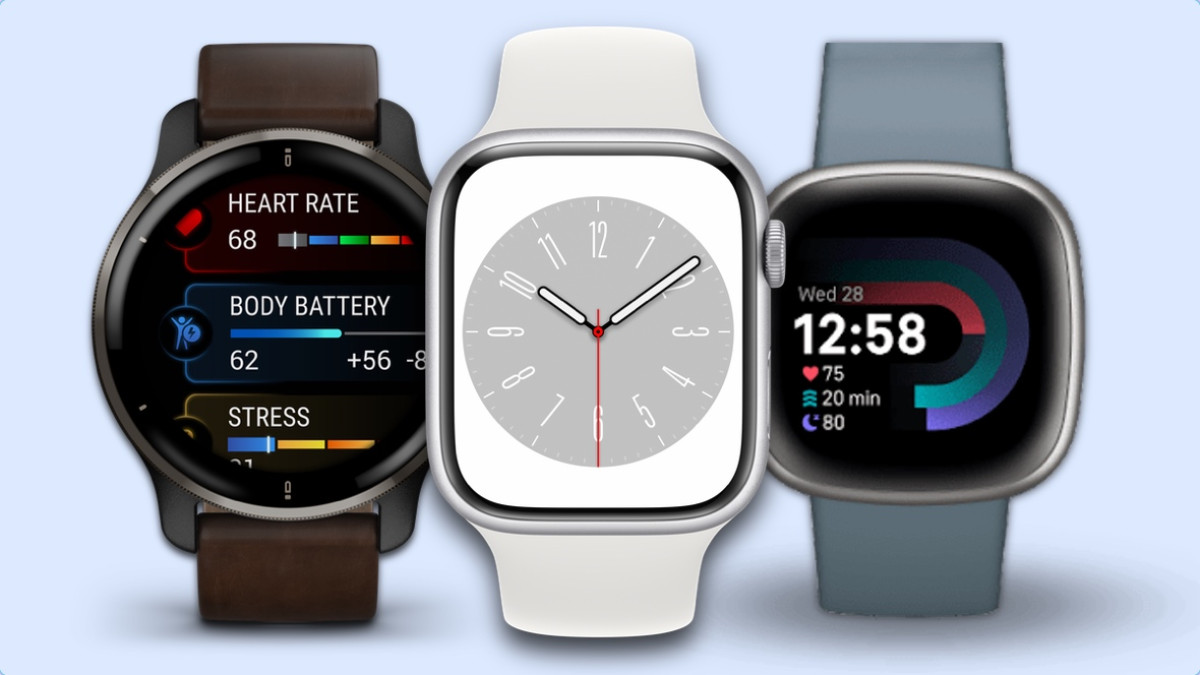In today’s hyper-connected world, the threat of data breaches, identity theft, and privacy invasion looms larger than ever. As we enter 2024, protecting personal data online has become a necessity for tech users, privacy advocates, and digital nomads alike. Whether browsing from a cosy cafe halfway around the world or managing your home office, ensuring your digital footprint is secure is crucial. This blog post will guide you through essential tips to safeguard your data online effectively.
The Importance of Personal Data Protection
Your data is like modern-day currency: invaluable and highly sought after. But why should we care so much about keeping it safe? Personal data includes everything from your name and address to banking information and browsing habits. This information can lead to identity theft, financial loss, and even fraud in the wrong hands. Privacy advocates, digital nomads, and tech users must understand the stakes and proactively protect themselves online.
Furthermore, as technology continues to evolve, so do cybercriminals’ tactics. They are becoming more sophisticated, using advanced techniques to breach even the most secure systems. This means that staying one step ahead is imperative. By taking personal data protection seriously, you not only safeguard your own interests but also contribute to a collective effort to make the internet a safer place for everyone.
Lastly, protecting personal data is about preserving our digital privacy and autonomy. Privacy has become a rare commodity in a world where everything is connected. By implementing effective data protection strategies, we regain control over who accesses our information and how it’s used, allowing us to maintain a sense of freedom in the digital realm.
Understanding Data Breaches and Their Consequences
Data breaches have become increasingly common in recent years, affecting individuals and businesses. But what exactly is a data breach? Simply put, it’s unauthorized access to sensitive information. This can occur through various means, such as hacking, phishing, or malware attacks. The consequences of a data breach can be severe, ranging from financial loss to reputational damage and legal repercussions.
Understanding the implications of a data breach is essential for tech users, privacy advocates, and digital nomads. In addition to immediate monetary losses, victims often face long-term challenges, such as having their identities stolen or their credit ratings damaged. Repairing the damage caused by a data breach can be time-consuming and costly, making it crucial to take preventive measures.
The impact of data breaches extends beyond individual victims. Businesses suffer from loss of trust and credibility, while society as a whole grapples with the erosion of privacy and security. Recognizing the far-reaching consequences of data breaches underscores the importance of protecting personal data online and encourages us to adopt best practices for safeguarding our digital lives.
Choosing Strong Passwords and Managing Them Wisely
Creating strong passwords is one of the simplest yet most effective ways to protect your data online. But what constitutes a strong password? A password should be a mix of uppercase and lowercase letters, numbers, and special characters. It should be at least 12 characters long and not include easily guessable information, such as your name or birthdate.
Managing multiple passwords can be daunting, but it’s crucial to avoid using the same password across different accounts. If a hacker gains access to one account, they could potentially access others if you reuse passwords. Instead, consider using a password manager to generate and store complex passwords securely. This way, you only need to remember one master password while the password manager takes care of the rest.
In addition to using a password manager, regularly updating your passwords is critical. Set reminders to change your passwords every few months, particularly for sensitive accounts such as banking or email. By doing so, you reduce the risk of unauthorized access and strengthen your overall online security.
The Role of Two-Factor Authentication
Two-factor authentication (2FA) adds an extra layer of security to your online accounts, providing an additional verification step beyond your password. This typically involves receiving a code via SMS or email that you must enter before accessing your account. By enabling 2FA, you significantly reduce the likelihood of unauthorized access, even if someone manages to obtain your password.
Implementing 2FA is relatively easy and highly recommended for all tech users, privacy advocates, and digital nomads. Many major platforms, including social media sites, email providers, and financial institutions, offer 2FA as an optional security measure. Taking the time to enable 2FA on your accounts is a simple yet effective step toward protecting your personal data online.
While 2FA enhances security, it’s essential to remain vigilant about potential phishing attempts. Cybercriminals may try to trick you into providing your 2FA code through deceptive messages or fake websites. Always verify the source of any communication requesting your 2FA code, and avoid clicking on suspicious links or providing personal information.
Safeguarding Your Devices with Security Software
Using security software is a fundamental aspect of protecting your personal data online. Antivirus programs and firewalls act as a first line of defence against malware, ransomware, and other cyber threats. By regularly updating your security software, you ensure it remains effective against the latest threats and vulnerabilities.
For tech users, privacy advocates, and digital nomads, investing in reliable security software is a wise decision. Many reputable antivirus solutions offer comprehensive protection, including real-time scanning, automatic updates, and secure browsing features. Additionally, consider using a virtual private network (VPN) to encrypt your internet connection and protect your data from prying eyes, especially when using public Wi-Fi networks.
Beyond installing security software, maintaining good digital hygiene is crucial. This includes regularly scanning your devices for malware, backing up important data, and being cautious about downloading files or clicking on links from unknown sources. By adopting these practices, you create a secure digital environment and reduce the risk of data breaches.
Navigating Public Wi-Fi Safely
Public Wi-Fi networks are convenient but can pose significant security risks. When connected to a public network, your data is susceptible to interception by hackers and cybercriminals. To protect your personal data while using public Wi-Fi, it’s essential to take precautions and adopt safe browsing habits.
One effective way to safeguard your data is by using a VPN. A VPN encrypts your internet connection, making it difficult for anyone to intercept your data. This is especially important for digital nomads who frequently work from cafes, airports, or coworking spaces.
Additionally, avoid accessing sensitive information, such as banking or personal accounts, while connected to public Wi-Fi. Instead, use mobile data or wait until you’re on a secure network. If you must use a public network, ensure that websites use HTTPS, as this indicates a secure connection between your device and the website.
Recognizing and Avoiding Phishing Scams
Phishing scams are a common method cybercriminals use to steal personal information. These scams often involve deceptive emails, messages, or websites that appear legitimate but are designed to trick you into providing sensitive information. To protect your personal data online, it’s crucial to recognize and avoid phishing attempts.
Pay attention to red flags, such as unfamiliar senders, urgent requests for personal information, or suspicious links. If an email or message seems suspicious, verify the sender’s identity before clicking on any links or providing information. Legitimate organizations will never request sensitive information via email or text.
Educating yourself about common phishing tactics and staying informed about new scams can help you stay one step ahead of cybercriminals. By remaining vigilant and cautious, you can protect your personal data from falling into the wrong hands.
Keeping Software and Operating Systems Up to Date
Regularly updating your software and operating systems is vital for maintaining your devices’ security. Developers constantly release updates to patch vulnerabilities, fix bugs, and enhance performance. By keeping your software up to date, you ensure that you’re protected against the latest threats and exploits.
For tech users, privacy advocates, and digital nomads, enabling automatic updates is a convenient way to ensure your devices receive timely security patches. This includes operating systems, applications, browsers, and plugins. Keeping your software current improves security and enhances functionality and stability.
In addition to updating your software, uninstall any applications or plugins you no longer use. Unused software can become a security risk if not maintained, as outdated versions may contain vulnerabilities that cybercriminals can exploit.
Protecting Personal Data on Social Media
Social media platforms are a treasure trove of personal information, making them a prime target for cybercriminals. Protecting your data on social media involves adopting privacy-conscious habits and being mindful of the information you share.
Review your privacy settings regularly and adjust them to limit who can see your posts and personal information. Be selective about the information you share publicly, such as your location, contact details, or travel plans. Sharing too much can put you at risk of identity theft or targeted attacks.
In addition to managing your privacy settings, be cautious about accepting friend requests from strangers or clicking on links shared by unknown users. Cybercriminals often use social engineering tactics to gain access to your personal information, so it’s important to remain vigilant and protect your online presence.
The Role of Encryption in Data Protection
Encryption plays a critical role in protecting personal data online by converting your information into a code that can only be accessed with the correct decryption key. This ensures that even if your data is intercepted, it remains unreadable to unauthorized users.
Encryption is essential for safeguarding sensitive information for tech users, privacy advocates, and digital nomads. Many messaging apps, such as WhatsApp and Signal, offer end-to-end encryption, ensuring that only the intended recipients can read messages.
Additionally, consider using encrypted email services and cloud storage solutions to protect your data. These services automatically encrypt your information, providing an added layer of security. Incorporating encryption into your online activities enhances your data protection efforts and reduces the risk of unauthorized access.
Related Post: Why is a person’s fingerprint called entire data bank?
The Legal Landscape of Data Protection
Understanding the legal landscape of data protection is crucial for tech users, privacy advocates, and digital nomads. Various laws and regulations govern how personal data is collected, stored, and used. Familiarizing yourself with these regulations can help you make informed decisions about your data privacy.
Major regulations, such as the European Union’s General Data Protection Regulation (GDPR) and the California Consumer Privacy Act (CCPA), set standards for data protection and grant individuals greater control over their personal information. These laws require organizations to obtain consent before collecting data and provide transparency about how data is used.
Staying informed about data protection laws and your rights as a consumer empowers you to hold organizations accountable and ensures that your data is handled responsibly. By advocating for stronger data protection measures, you contribute to a safer online environment for everyone.
Final Thoughts on Protecting Your Data Online
Protecting personal data online is more important than ever in an increasingly connected world. By implementing the tips and strategies discussed in this blog post, tech users, privacy advocates, and digital nomads can safeguard their digital lives and maintain control over their personal information.
From choosing strong passwords to enabling two-factor authentication and using encryption, every step you take enhances your online security. Staying informed about the latest threats and adopting best practices empowers you to protect your data and enjoy the benefits of the digital world with confidence.
As you continue your digital journey, remember that data protection is an ongoing process. Regularly assess your security measures, stay informed about new developments, and remain vigilant against potential threats. By prioritizing data protection, you not only protect yourself but also contribute to a safer and more secure online community.
